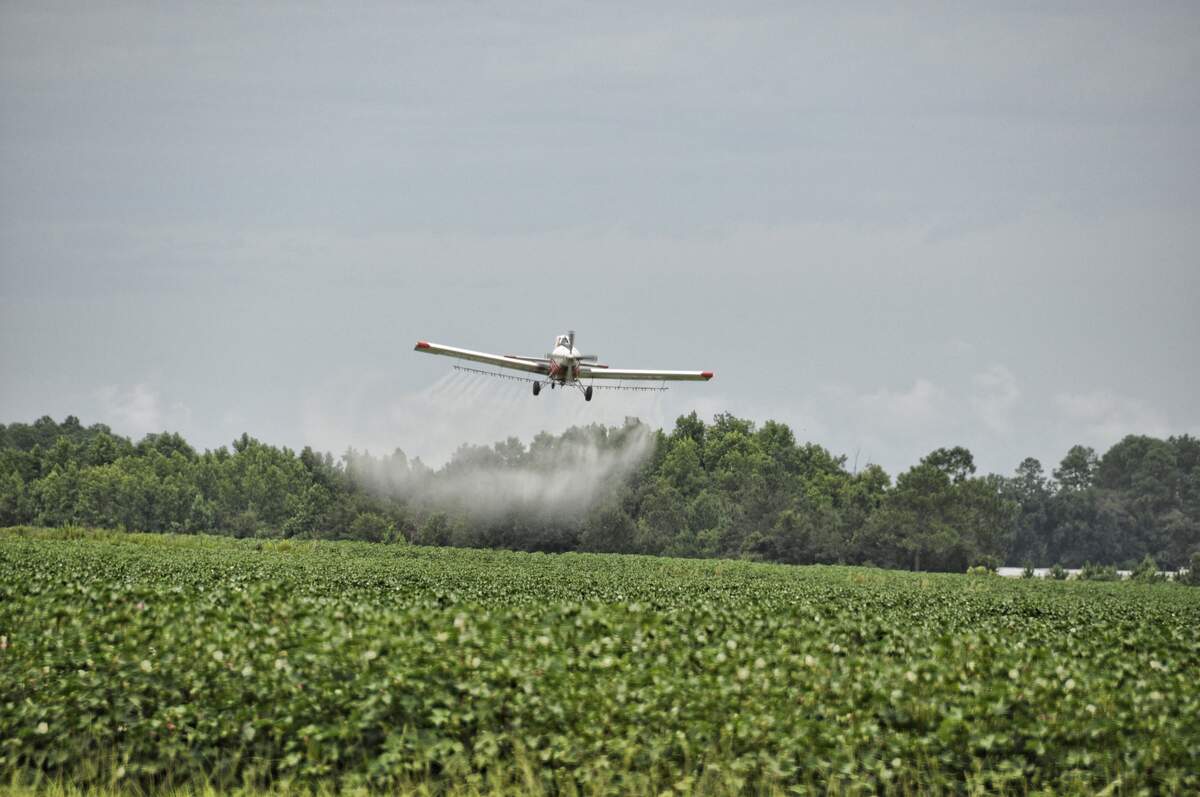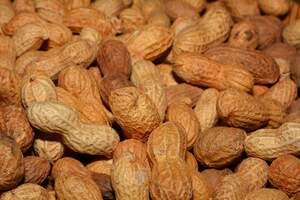

Airplane Crop Duster Day
Crop dusters, agricultural aircraft used for the application of pesticides, are celebrated today with Airplane Crop Duster Day. (A similar aircraft is a top dresser, which drops fertilizer. Agricultural aircraft can also be used for hydroseeding.) The word "crop duster" can also refer to the person flying the aircraft. Crop dusting using insecticides started in the early 1920s in the United States. The first crop dusters were converted surplus biplanes from World War I. During the 1940s, after better insecticides and fungicides were developed, and after aerial topdressing came about, fixed-wing aircraft made specifically for aerial application became the norm. Controversy has swirled around crop dusters since the 1960s when environmental concern about pesticide drift arose. Nowadays, there are crop-dusting restrictions in many locations, and the practice is banned altogether in others.
But there are positive attributes to crop dusting, so there is plenty to celebrate today. It can keep mosquito numbers down, preventing diseases like encephalitis and West Nile Virus. It not only is used for conventional farming, but also for organic farming, where organic pesticides are sprayed. When time is critical to save crops, crop dusters are effective, because they can quickly respond to pests or disease, more so than ground equipment can. They can cover large tracts of land and remote areas in a timely manner, and they can bypass difficult terrain, wet soil, and canopies and dense foliage that ground equipment has a hard time navigating. They may be able to accomplish more in one hour than ground equipment can in a day. Crop dusters don't disrupt crops as ground equipment may. For example, ground equipment compacts the soil, which may cause soil runoff. On account of all this, crop dusters may be the most economical way to combat pests and disease and may help to increase yields. Increased yields mean less land is used for farming, which can mean increased preservation of wetlands and forest ecosystems and of habitats for species that are under threat.
Cropduster planes in the United States and Europe most often are "small, simple, and rugged." They are built rugged because they may need to take off and land 100 times a day on equally rugged airstrips. In some parts of the world, where larger farms are more common, such as in Australia and New Zealand, larger and more powerful aircraft are often used. Cropduster pilots try to fly just above crops so that the material they are spraying doesn't drift. In this way, they confront the initial concern that crop dusters faced in the 1960s. In the process, pilots often have to contend with nearby farm buildings, trees, and telephone lines. The importance of crop duster pilots and their machines is easy to see, meaning there are plenty of reasons to celebrate Airplane Crop Duster Day today!
How to Observe Airplane Crop Duster Day
Some ways you could celebrate the day include:
- Learn about planes that are regularly used as crop dusters, such as the Air Tractor.
- Drive around the countryside and look for crop dusters in the air.
- Ride along with a crop duster pilot.
- Become a crop duster pilot.
- Learn about and become involved with the National Agricultural Aviation Association.
- Read a book like My Father Was a Crop Duster: The Story of Atwood Crop Dusters or Back-N-Forth: Recollections of a Crop Duster.
- Watch Dust Up.
- Watch North by Northwest, a film that has an iconic scene with a crop duster.





















